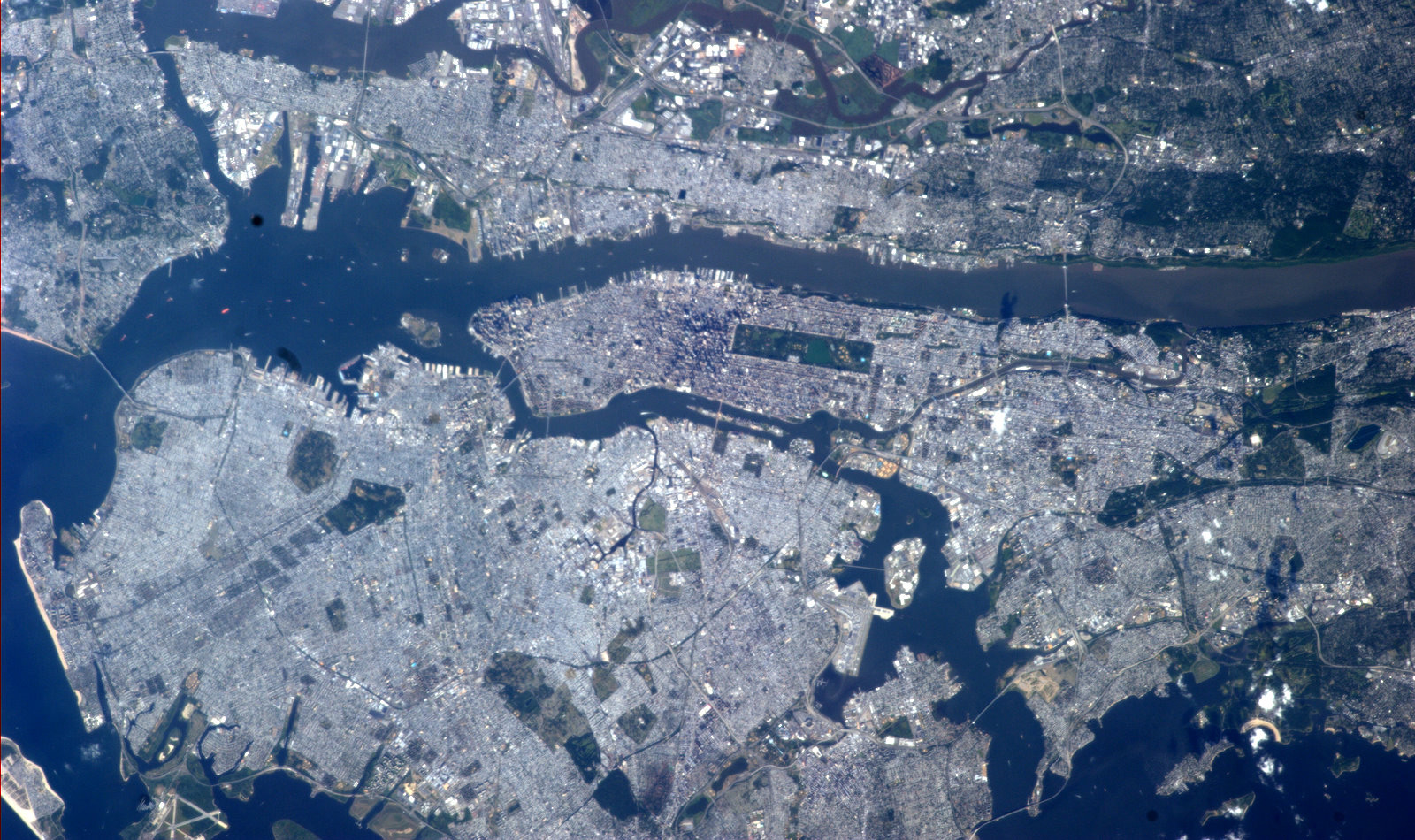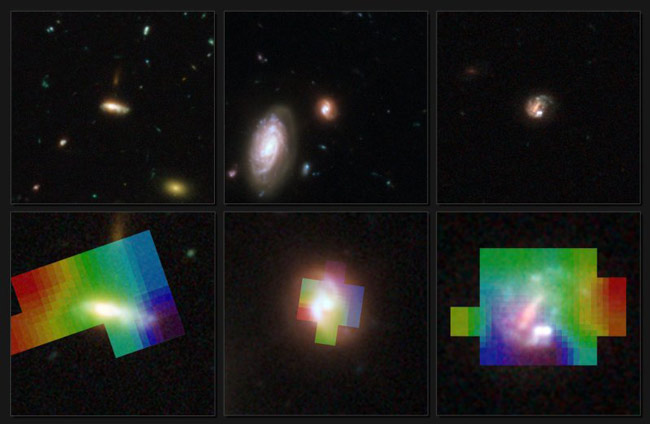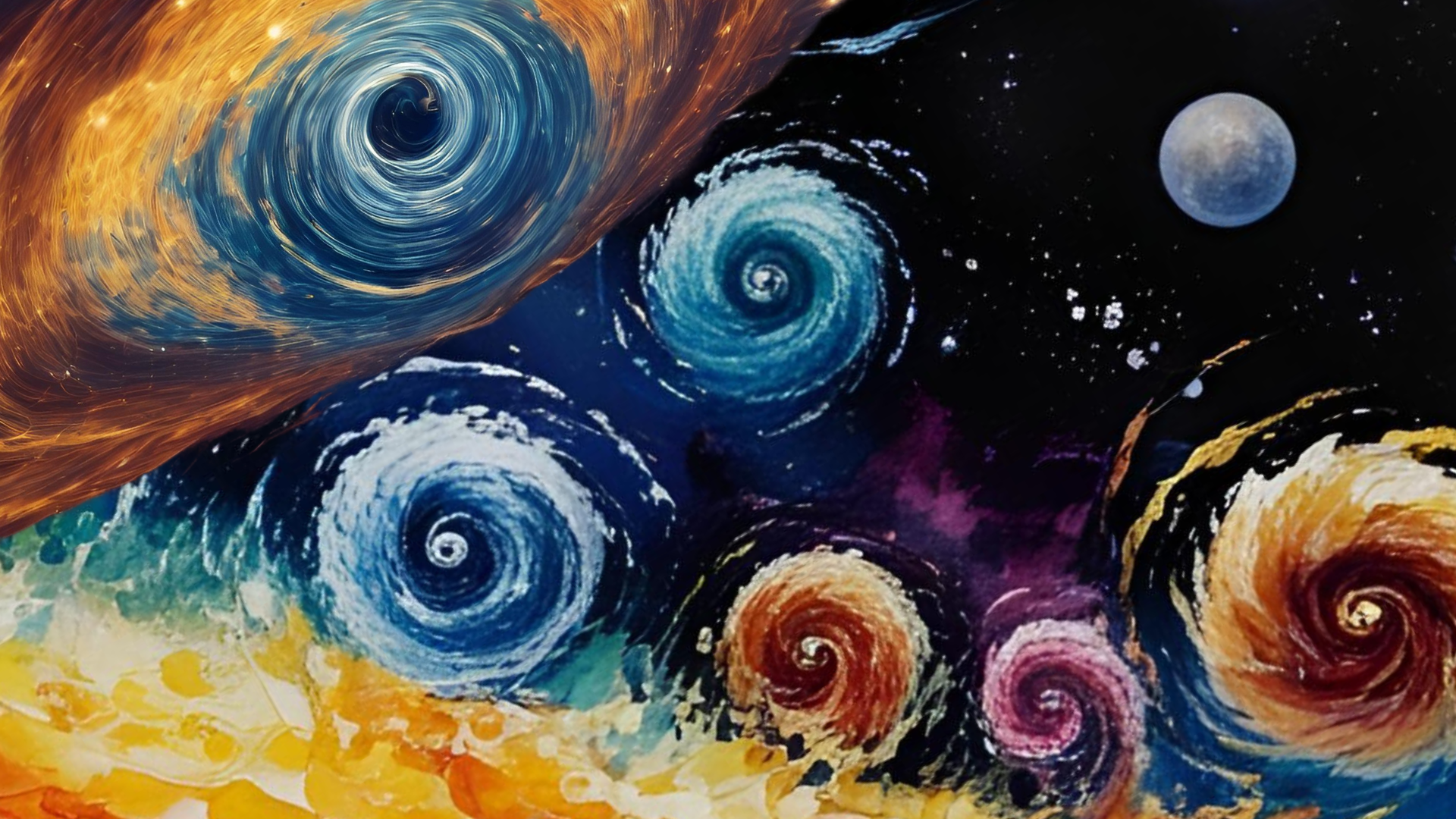LiveScience Staff
For the science geek in everyone, Live Science breaks down the stories behind the most interesting news and photos on the Internet, while also digging up fascinating discoveries that hit on a broad range of fields, from dinosaurs and archaeology to wacky physics and astronomy to health and human behavior. If you want to learn something interesting every day, Live Science is the place for you.
Latest articles by LiveScience Staff
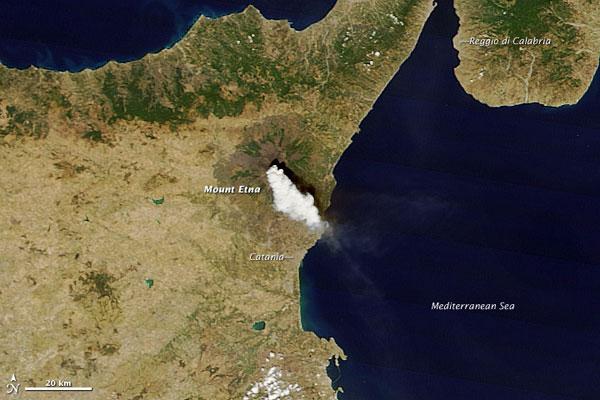
Mt. Etna's Violent Bursts Spotted from Space
By LiveScience Staff published
Etna has been erupting off-and-on all year.
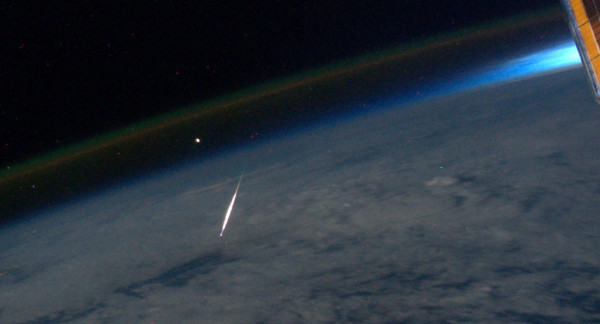
Space Radar Captures Echoes of Meteor Shower
By LiveScience Staff published
Listen to the recording and see images of the shower.
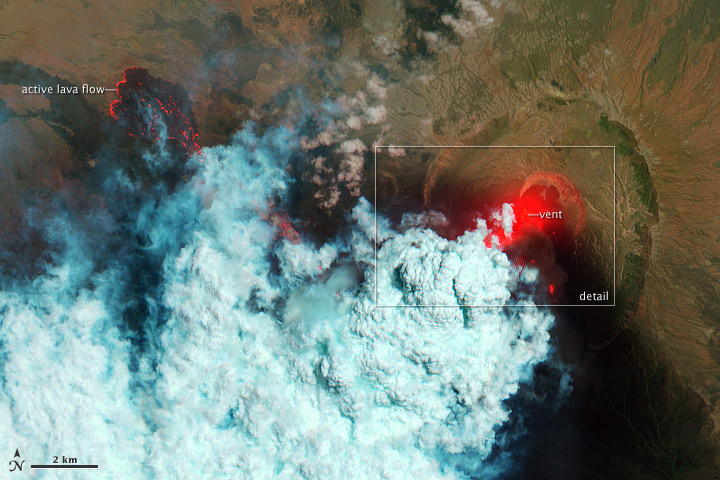
Remote Nabro Volcano Eruption Revealed in Satellite Photos
By LiveScience Staff published
Eritrea's Nabro volcano has been erupting for a week.

NASA to Go Boldly … to the Arctic, Again
By LiveScience Staff published
Second leg of the mission begins June 25.
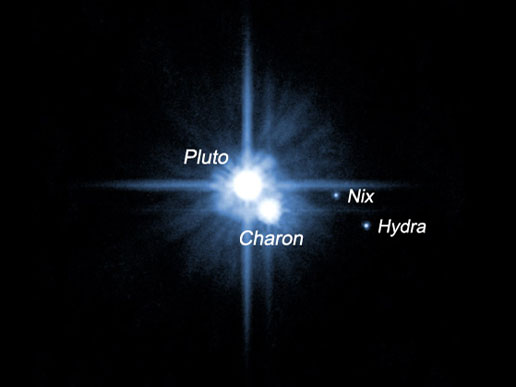
Pluto's Mysterious Moons, Nix & Hydra, Turn 5
By LiveScience Staff published
It has been five years since Nix and Hydra, Pluto's tiny moons, were named. Mysteries still abound with the pair.
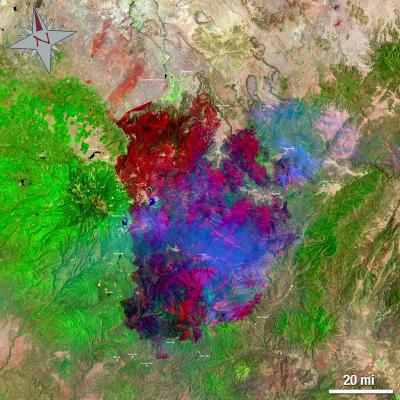
Satellites Help in Battle to Contain Arizona Wildfires
By LiveScience Staff published
Landsat images help firefighters plan containment efforts.
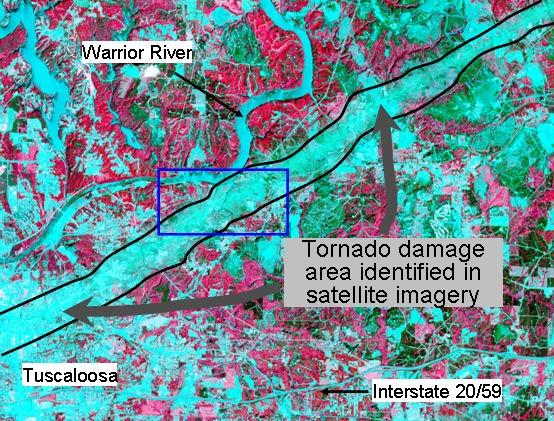
Photos: Satellite Sizes Up Monster Alabama Tornado
By LiveScience Staff published
Take a unique look at the devastation in Tuscaloosa.
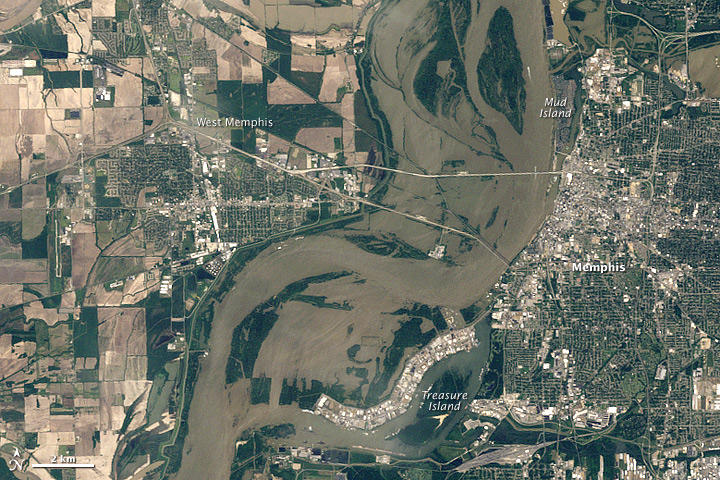
Before & After Satellite Photos of the Mississippi Flood in Memphis
By LiveScience Staff published
Bulge of near-record water levels continues southward march.
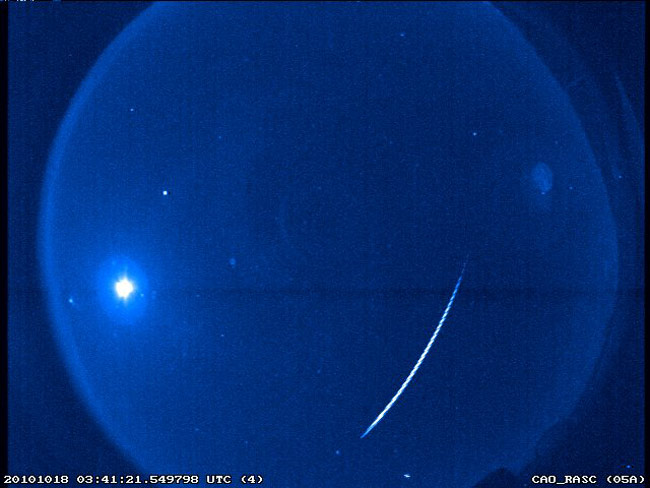
Mystery Boom in Virginia Likely a Meteor
By LiveScience Staff published
A house-shaking boom in Virginia Beach was most likely caused by a falling meteor, NASA says.
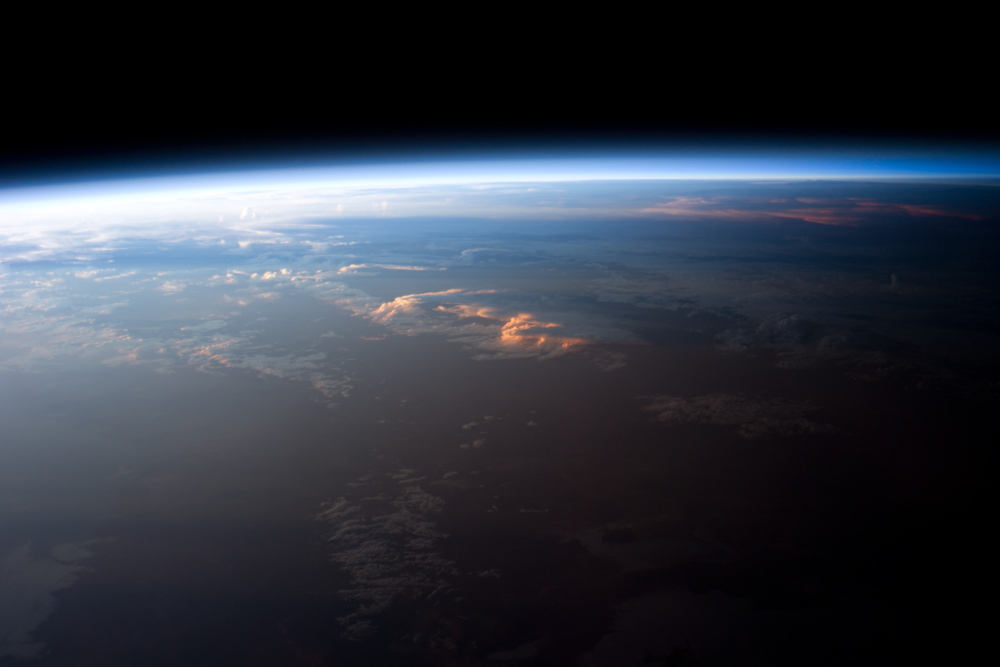
See Sunset from an Astronaut's Perspective
By LiveScience Staff published
Astronauts see 16 sunrises & sunsets in one 24-hour orbital period.
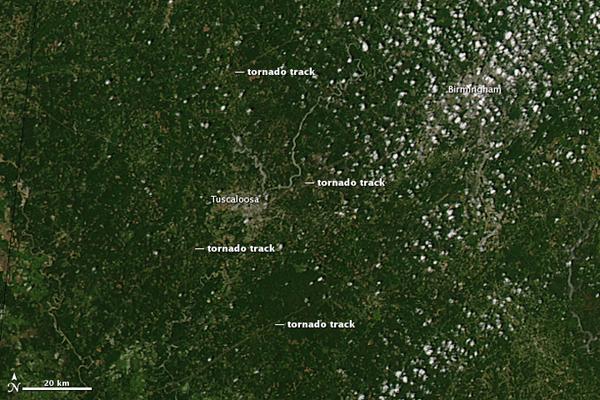
Tracks of Alabama Tornadoes Spied from Space
By LiveScience Staff published
Three twisters tore through the area.
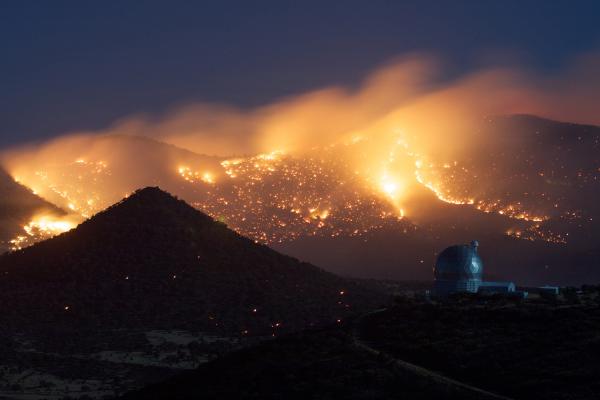
Photos: Texas Wildfires Seen From the McDonald Observatory
By LiveScience Staff published
See the astronomer's-eye view of the massive wildfires in West Texas in these photos from the McDonald Observatory.
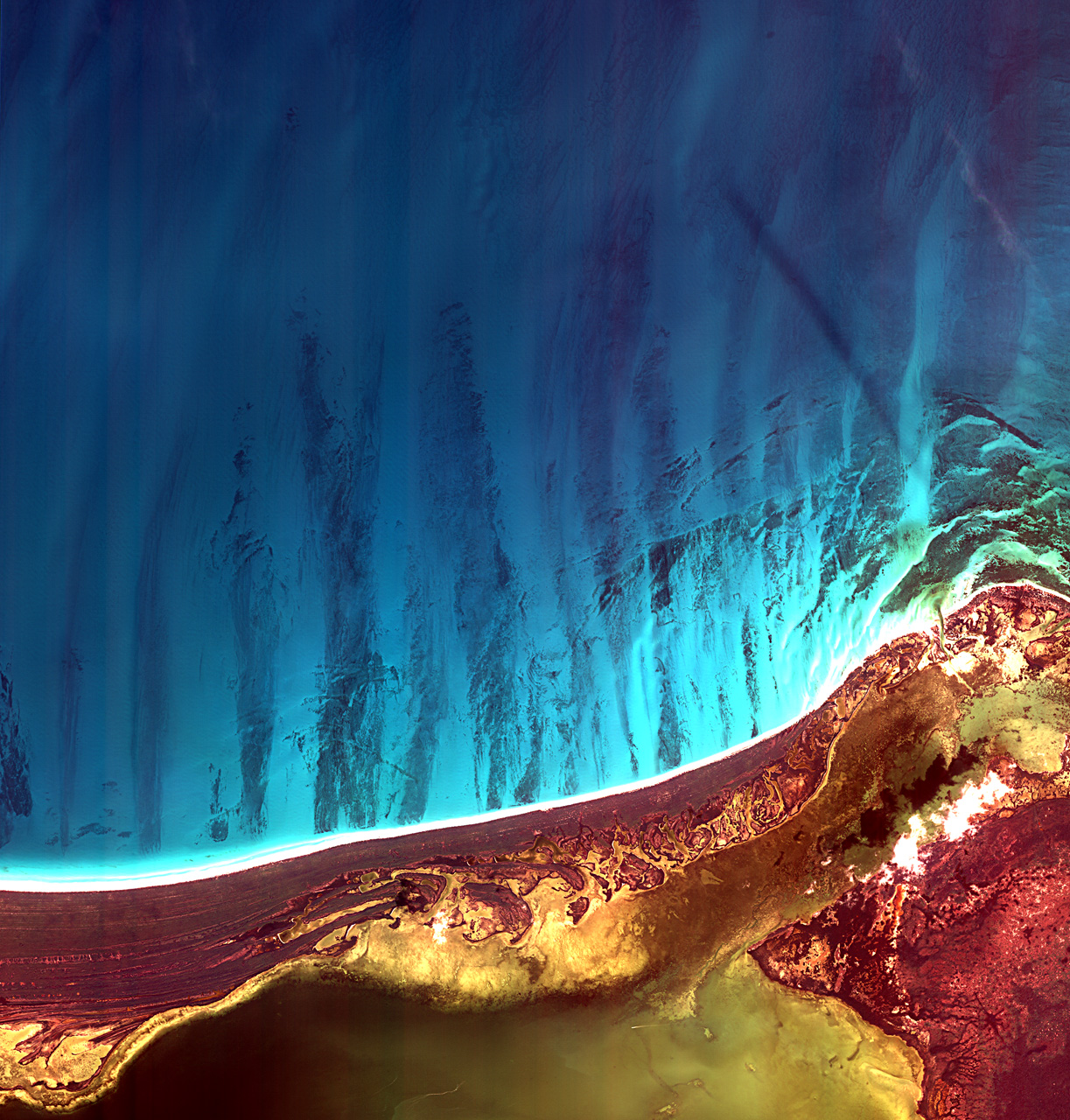
Satellite Photographs 'Black Hole' on Earth
By LiveScience Staff published
Holbox Island off the Yucatan Pennisula has waters so dark its name means "black hole" in Mayan.
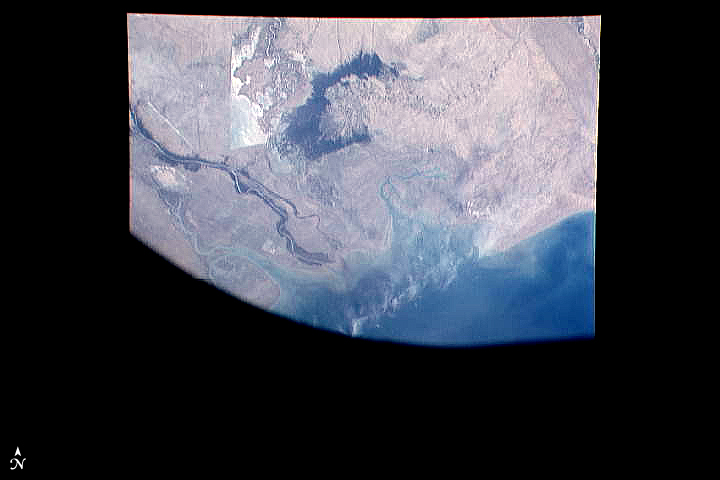
30 Years Ago: 1st Shuttle Astronauts Photograph Earth's Cradle of Civilization
By LiveScience Staff published
The Tigris and Euphrates rivers were part of the first views of Earth by space shuttle astronauts.
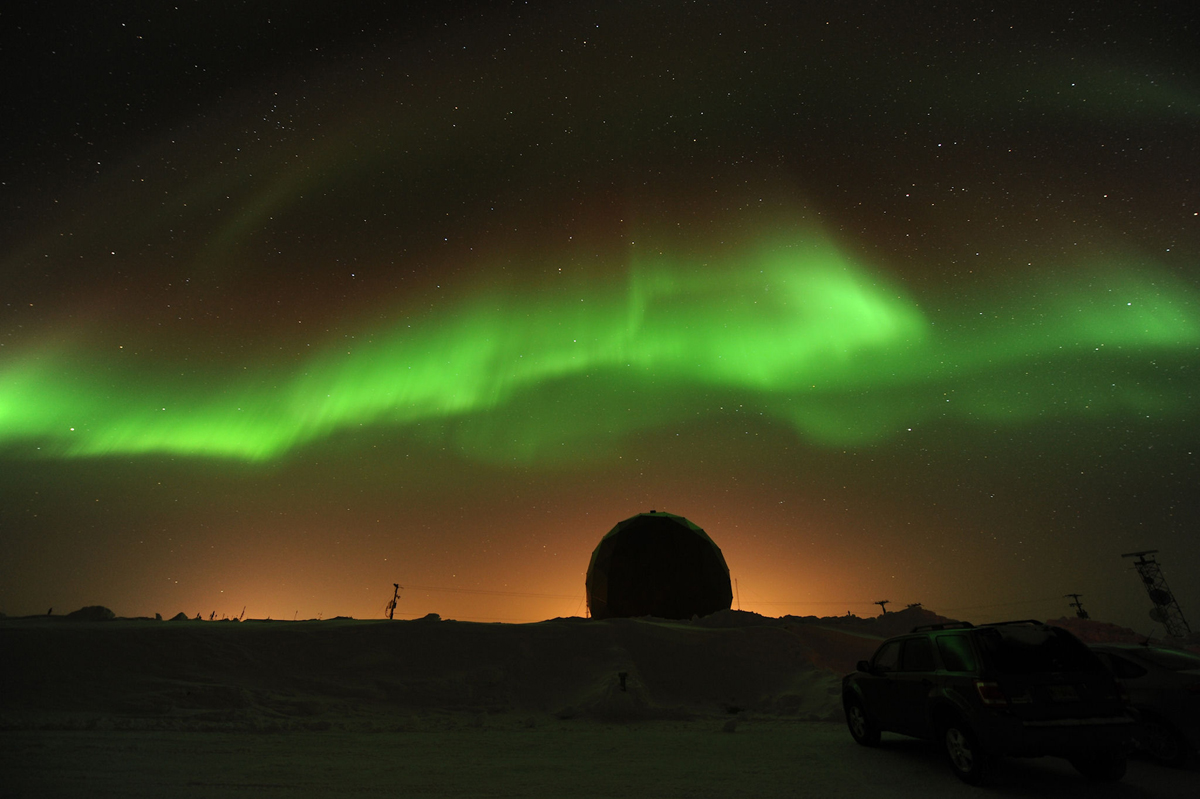
Auroras Dazzle Northern Observers
By LiveScience Staff published
See amazing images of auroras taken by skywatchers.
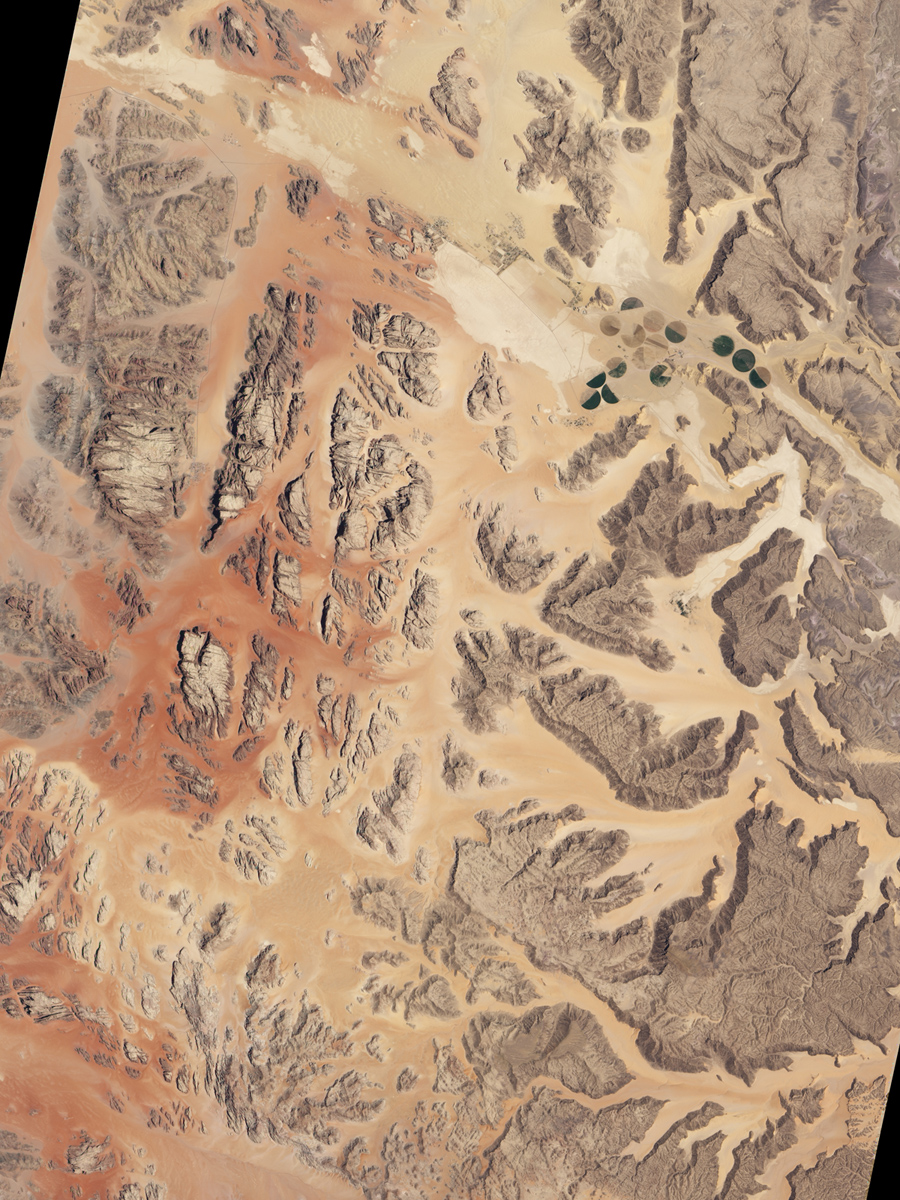
Earth's 'Valley of the Moon' Seen by Satellite
By LiveScience Staff published
Wadi Rum is an alien-looking landscape in Jordan.

NASA's $18.7-Billion Budget: How Much Do You Contribute?
By LiveScience Staff published
Obama just announced the 2012 budget. Life's Little Mysteries did the math to find out how much NASA costs you.
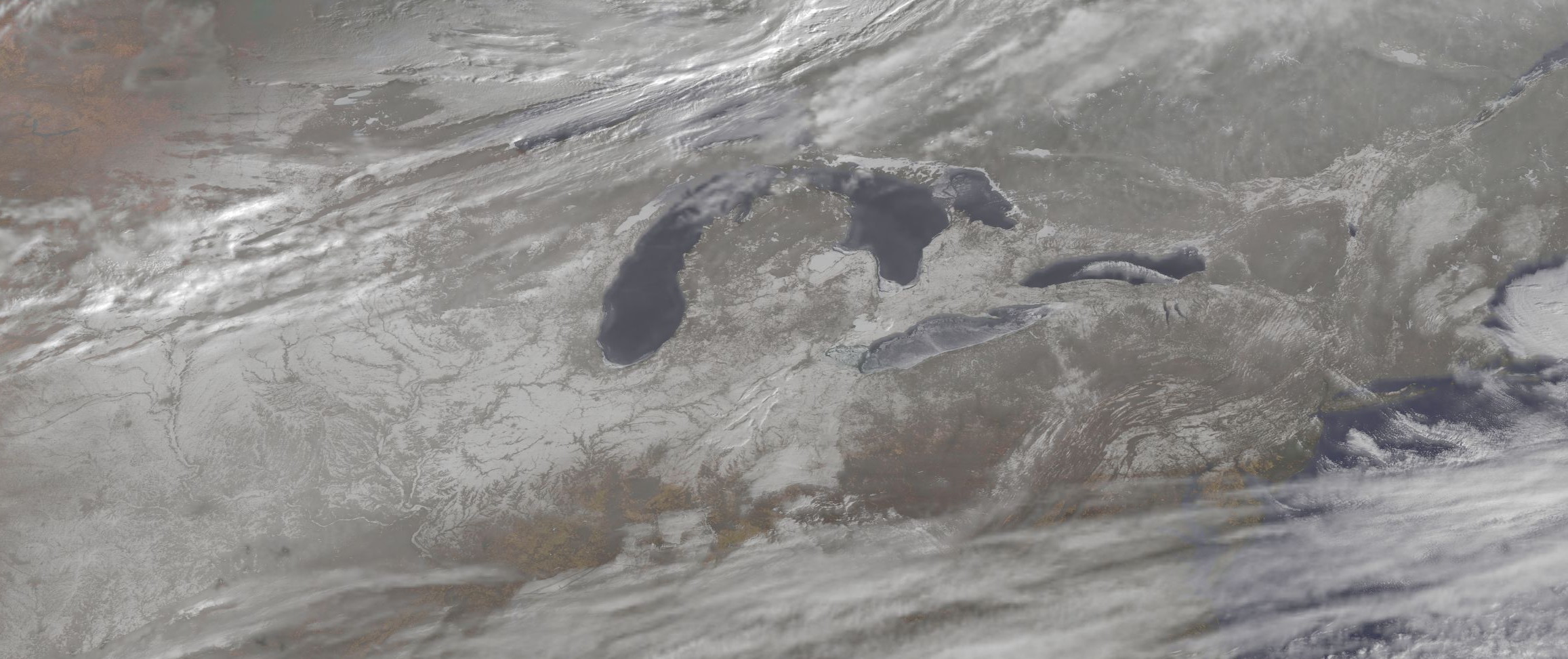
Panoramic Satellite Photo Captures U.S. Snowfall
By LiveScience Staff published
A NASA satellite photo reveals how snowfall blanketed much of the U.S. on Groundhog Day last week.
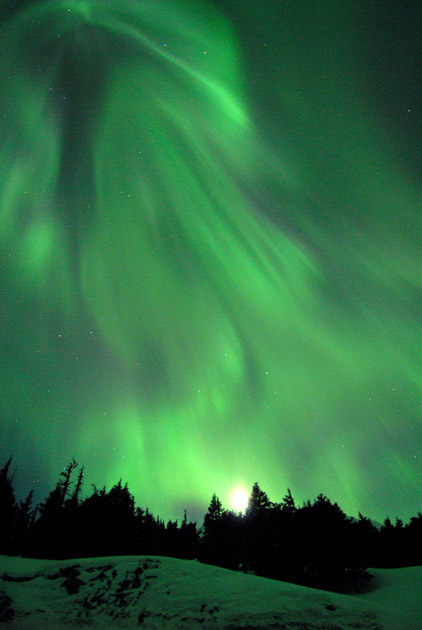
First Measurement of Earth's Inner Magnetism Made
By LiveScience Staff published
Geophysics milestone may point scientists to source of the inner planet's roiling energy.

Teen Sailor Lost at Sea Meets NASA Rescuers
By LiveScience Staff published
16-year-old Abby Sunderland's rescue was aided by NASA tech.
Get the Space.com Newsletter
Breaking space news, the latest updates on rocket launches, skywatching events and more!
